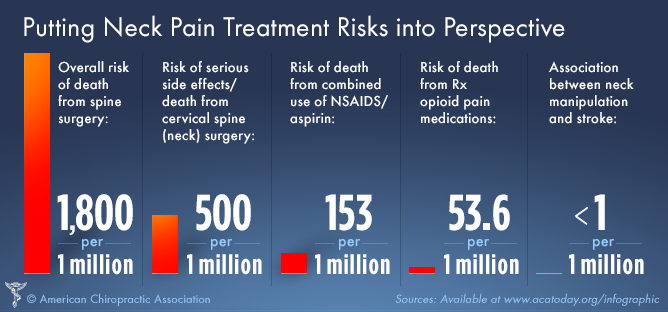Looking Into The Research Study On Cold Laser Treatment
Looking Into The Research Study On Cold Laser Treatment
Blog Article
Content Produce By-Strickland Mccall
When taking into consideration alternative treatments, cold laser therapy sticks out because of its unique technique to healing. By making use of specific wavelengths of light, it targets mobile features and advertises recovery in a non-invasive fashion. This approach not just boosts ATP manufacturing however also aids in decreasing swelling and pain. As research study continues to unravel, the effects for rehab and discomfort monitoring could be substantial. What does this mean for future therapy options?
The Mechanisms of Cold Laser Therapy
Cold laser treatment, additionally called low-level laser therapy (LLLT), works by boosting cellular function via the application of specific wavelengths of light.
When the laser light permeates your skin, it engages with the mitochondria in your cells, boosting ATP manufacturing. This boost in ATP energizes your cells, promoting healing and regrowth.
The light additionally impacts cell membranes, enhancing their permeability and helping with nutrition absorption while getting rid of contaminants. Furthermore, quit smoking with laser therapy of endorphins and lowers swelling, helping your body respond better to injury.
You'll experience enhanced blood circulation as the therapy boosts capillary growth, making sure that oxygen and nutrients reach broken cells extra successfully.
Recognizing these devices can help you value its potential in advertising recuperation.
Prospective Benefits of Cold Laser Treatment
When considering options for pain alleviation and healing, you might discover cold laser treatment to be an enticing choice. https://www.capegazette.com/article/east-coast-chiropractic-and-wellness-welcomes-new-doctor/221978 -invasive method can help reduce inflammation, relieve discomfort, and advertise tissue repair service.
https://quit-smoking00922.eedblog.com/34448429/curious-about-just-how-cold-laser-treatment-can-transform-your-technique-of-managing-chronic-pain-discover-the-insights-of-this-revolutionary-treatment-within report quicker recovery times from injuries and surgeries after undertaking cold laser treatment. It's particularly useful for conditions like joint inflammation, tendonitis, and muscle stress.
You may likewise appreciate that it has very little adverse effects contrasted to drugs. Additionally, cold laser treatment can enhance circulation, which helps in providing nutrients and oxygen to harmed locations.
Current Research and Scientific Applications
As rate of interest in cold laser treatment expands, researchers are exploring its various applications and efficiency in professional settings. You'll find research studies investigating its role hurting management, wound recovery, and lowering inflammation.
In Highly recommended Reading , practitioners use cold laser treatment to boost recuperation in sporting activities injuries, while dental experts are finding it advantageous for treating oral pain and gum tissue problems. Ongoing tests are assessing its potential in dealing with conditions like joint inflammation and neuropathy.
These researches aim to develop standard procedures and does, making sure safety and efficiency. As even more proof emerges, you might see cold laser treatment coming to be a staple in both rehab and discomfort monitoring, offering individuals a non-invasive alternative that complements conventional treatments.
Conclusion
Finally, cold laser therapy offers an encouraging strategy to healing by utilizing particular wavelengths of light to increase cellular features and promote recuperation. With advantages like enhanced blood circulation, lowered inflammation, and discomfort alleviation, it's ending up being a beneficial alternative for various problems. As research continues to develop standard protocols, you can expect higher approval of this non-invasive therapy in recovery techniques and pain administration methods, making it a possible game-changer for several people.
